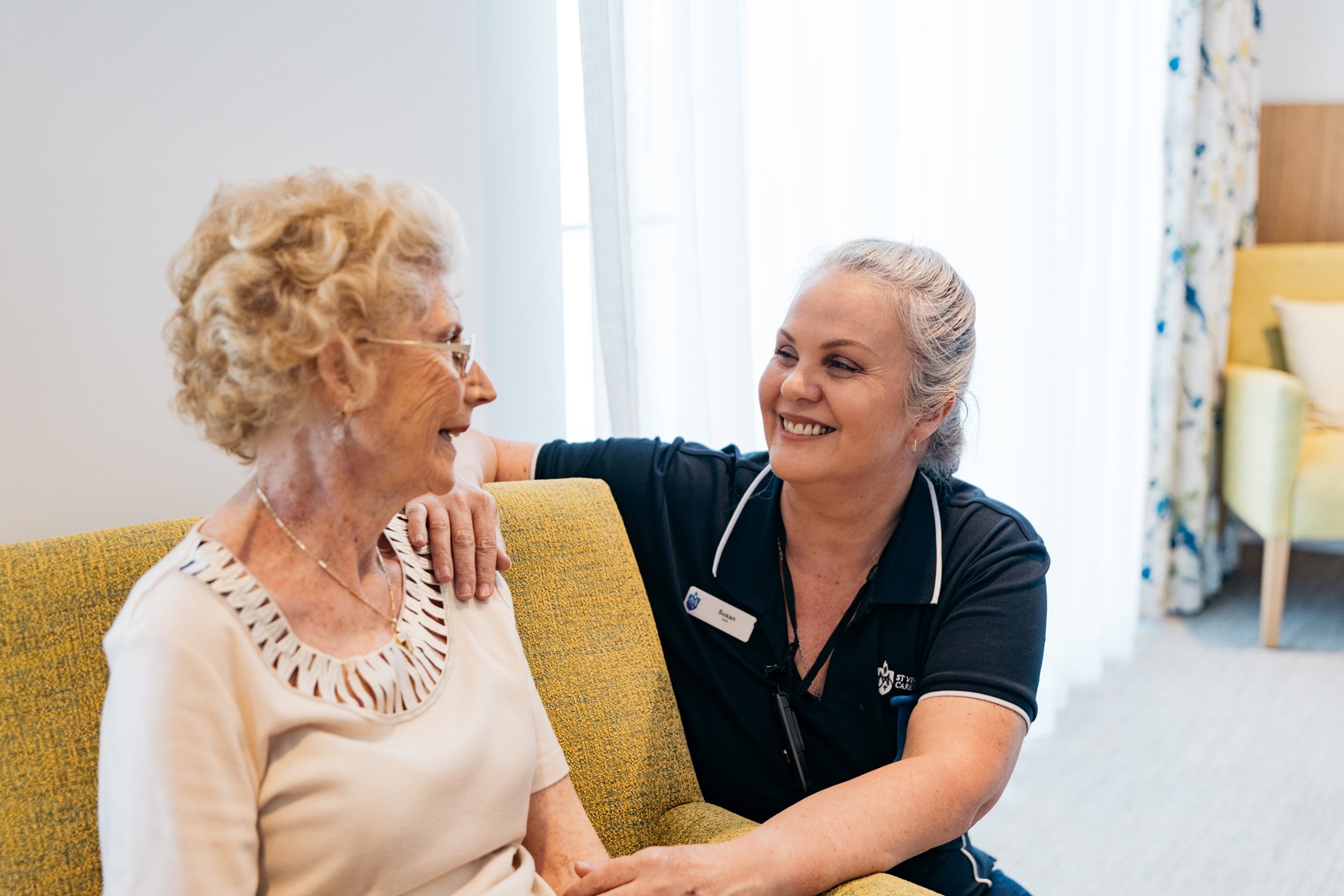How Mary Aikenhead and the Sisters of Charity came to Australia
Rickety floorboards. Blinding salt water. Sunburn.
The year is 1838. The Francis Spaight sails on a brave four-month journey from Ireland to Australia. There is only one goal for those aboard; to help the poor and vulnerable where the need was greatest. And right now, the need was greatest in Australia.
A group of ladies, known as the Sisters of Charity, had just volunteered (yes volunteered) to help the female convict population amid the horrors of the Australian penal colony.
On the final day of the year 1838, the Sisters arrived at Sydney’s port. And guided by their leader Mary Aikenhead, their patron saint, Mary of the Angels, and the Holy Spirit, they began their work in helping those who needed it most, beginning the legacy of what we know today as St Vincent’s hospitals, aged care and more.






